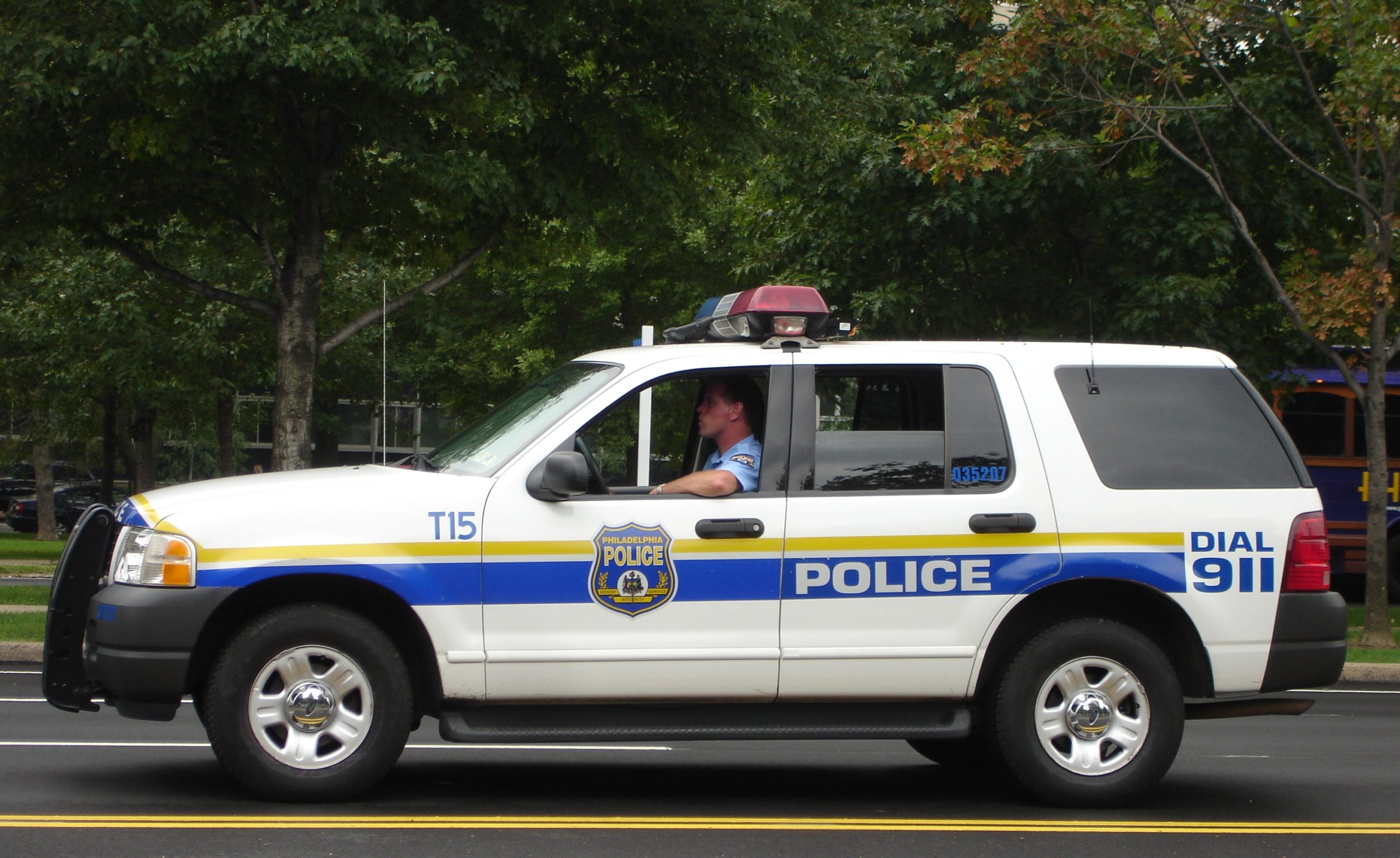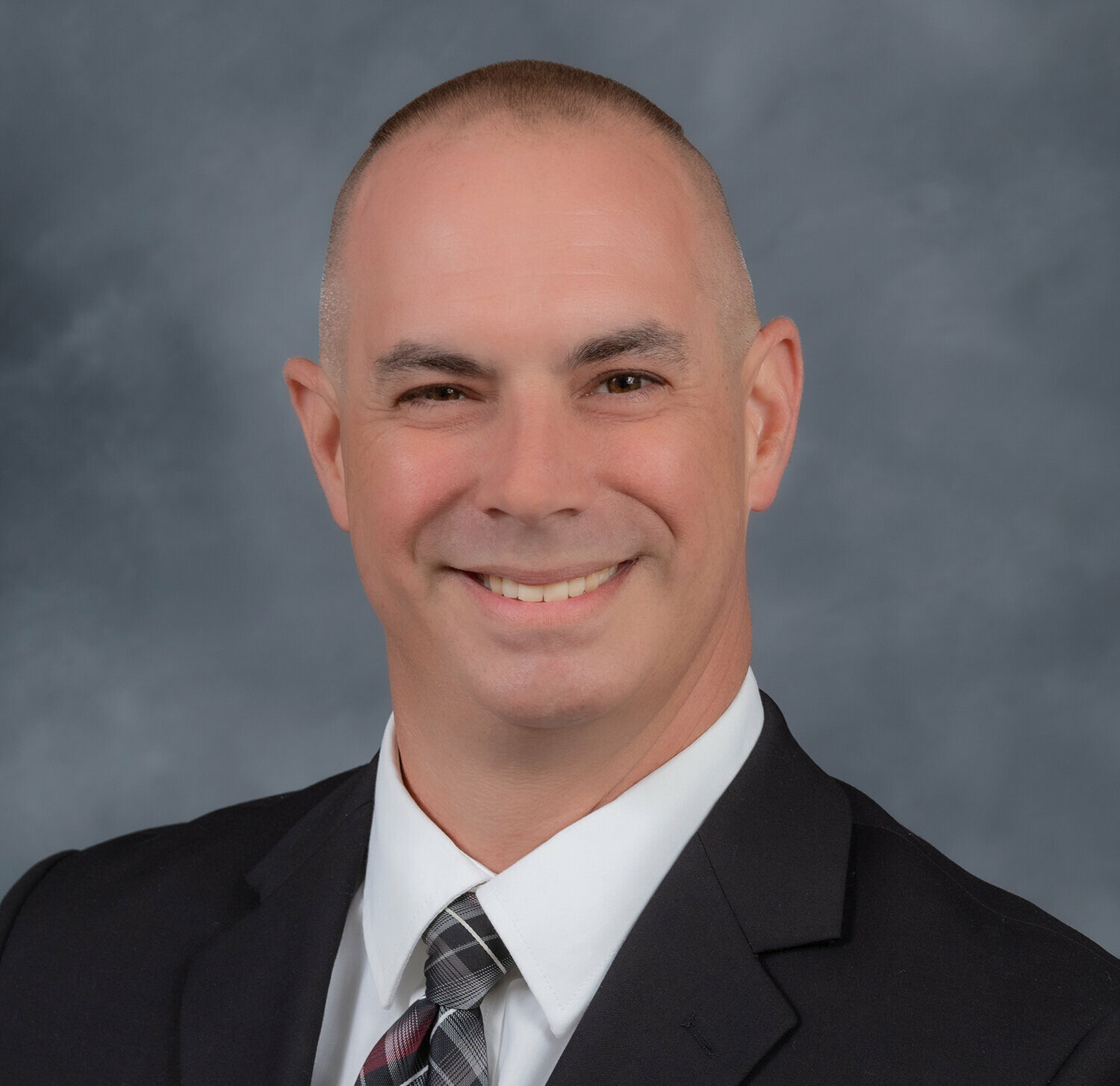BAKER: Bipartisan Safer Communities Act Does Not Do as Advertised

In June 2022, President Biden signed the Bipartisan Safer Communities Act into law. This legislation was due to the presumed need for further legislation after the outcry to curtail gun violence and mass shootings. Those on the left have for years been screaming for more gun-control legislation, and those on the right have sought refuge in the Second Amendment. This legislation was the common ground for both sides of the aisle.
Among the signature features of this bill was the funding for mental health services in the form of the following:
—$250 million over four years to provide states with flexible funding to create community mental health services through the SAMHSA Community Mental Health Block Grant program.
—$240 million over four years to assist students with mental health disorders and educate school personnel on mental health disorders through SAMHSA’s Project AWARE.
—$150 million to implement the 988 National Suicide Prevention Lifeline.
—$120 million over four years for SAMHSA to train first responders engaging with individuals with mental disorders.
—$80 million over four years to facilitate cooperation between pediatric primary care providers and mental health specialists.
—$60 million over five years to train pediatric primary care physicians in mental healthcare through the HRSA Primary Care Training and Enhancement Program.
—$40 million over four years to assist children who have experienced traumatic events through SAMHSA’s National Child Traumatic Stress Network.
On the surface, this looks like needed funding. However, it is not pertinent to gun control. What makes it worse is the expanded infrastructure and increased criminalization provisions such as:
—$750 million over five years for Byrne Justice Assistance Grant Program crisis prevention programs. This sum is allocated to states to support creating and maintaining crisis intervention programs for state courts, including red flag law programs and mental health court, drug court or veterans court programs.
—$300 million over five years to fund provisions of the STOP School Violence Act.
—$250 million over five years for community violence intervention programs.
—$200 million over five years for the National Instant Criminal Background Check System.
—$100 million to fund FBI expenses.
As good as these provisions may sound, in reality, community intervention programs adversely affect minority communities. In a recent study by the Department of Education, Black students are 2.3 times more likely to be referred to law enforcement or subjected to a school-related arrest than their White counterparts. Even further, school-age Black females are six times more likely to receive out-of-school suspensions for disciplinary issues than their White female classmates.
Throwing money at a problem has never solved the problem, as history teaches us time and again. Students of color have historically been marginalized and have experienced school discipline at disproportionate levels than their counterparts of other ethnic groups. For already targeted groups, the added layers of surveillance and law enforcement interaction lead to the worst-case scenarios of increased discipline and decreased graduation rates. All this leads to increased contact with the criminal justice system, which leads to diminished attendance rates, fewer persons of color attending post-secondary education and increased minority levels in adult prisons. This is not how to make communities safer.
While we applaud the need to address mental health issues, sadly legislation like this puts more focus on “fixing” it too far down the line. According to the National Center for State Courts, jails on all levels have become the largest providers of mental health services across the country. Fixing mental health in jails and prisons, while laudable, is not an area of expertise for already overworked and under-compensated correctional officers, many of whom may also be under their own mental and physical health issues because of their chosen vocation.
Accredited mental health institutions and their trained professionals must take the lead early and often and — if need be — intervene where the courts and correctional systems have failed.
The path to safety starts with education. It starts with rebuilding broken families. It begins with making a concerted effort to invest in our youth through efforts to uplift their dreams and support them in those dreams. It starts with communities relying on evidence-based strategies instead of arbitrary incarceration without due process of law.
Instead of overreaching legislation, we must allow law enforcement officers to do what they are trained and mandated to do: arrest those violating the law. We must have prosecutors who are not afraid to prosecute those bad actors, regardless of public outcry or opinion. We must restore the ability of families to regain their rightful role in the upbringing of children. We must reverse this devastating trend of fatherless homes that were created after the destructive government-initiated War on Poverty. We must encourage fathers and other positive role models to engender positive actions in our youths instead of the negative role models we see prevalent in society that lead to bad lifestyle choices, which can and do lead to lawlessness.
Until those issues are addressed, the Safer Communities Act does not deliver as advertised.





